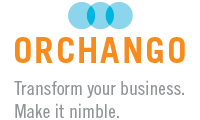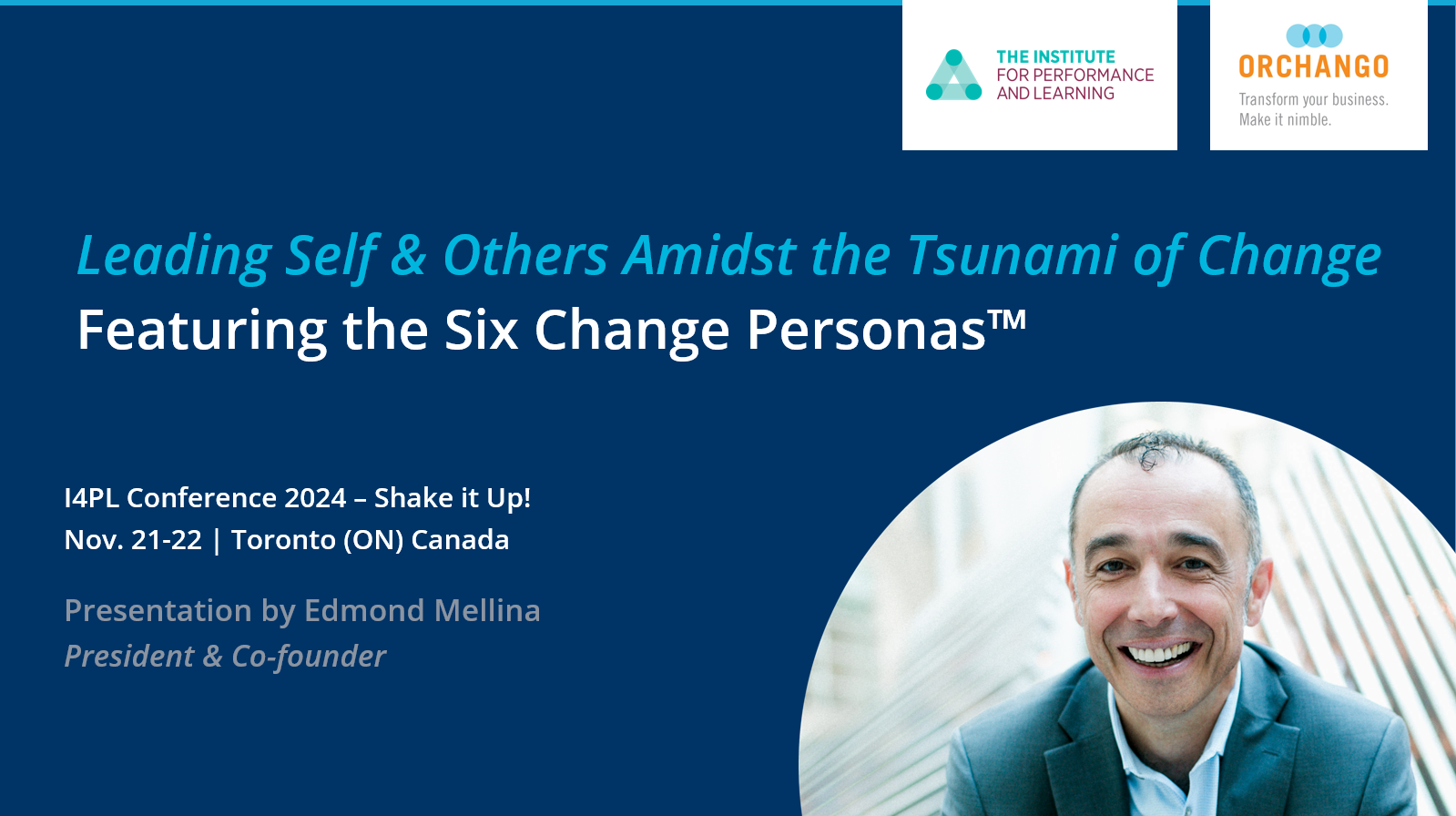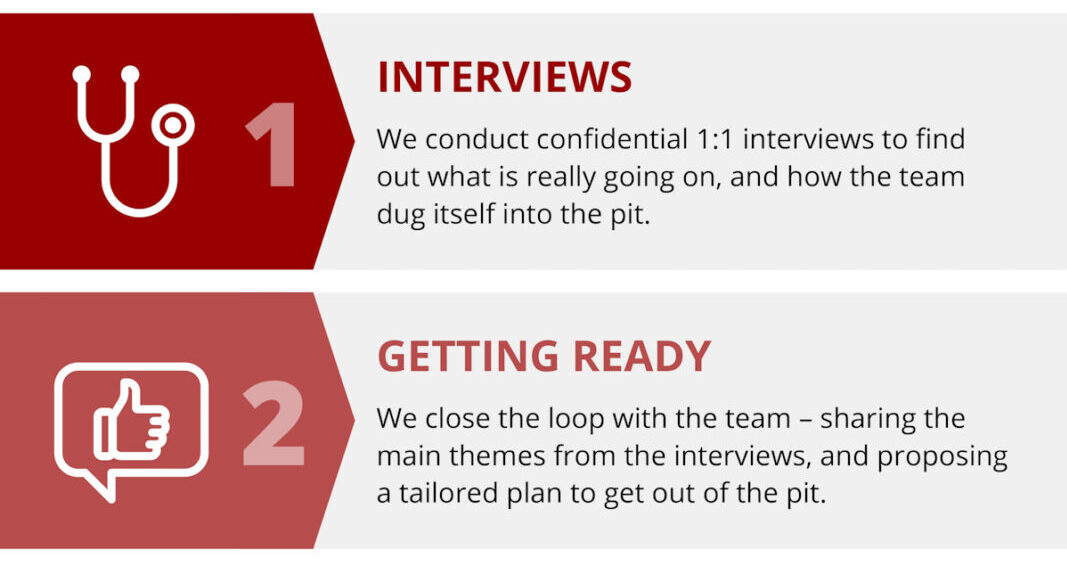ORCHANGO's president & co-founder Edmond Mellina will present once again at the Institute for Performance…
Decision Hackasprints: learning while doing
#NimbleVlog Season 04 Episode 02 — To be nimble, organizations must make decisions in a timely fashion and at the right level in the business. How do you get people throughout the business to embrace agile decision-making? In this episode of the #NimbleVlog, ORCHANGO’s president & co-founder Edmond Mellina explains the concept of facilitated Decision Hackasprints – which is the approach we use with our clients…
Transcript
Reading time: less than 5 minutes
So, you came to the realization that when it comes to decision making, your organization is not nimble. And hopefully, you’ve selected the right framework to make good decisions at speed.
Now, it’s time for the real work to start! How do you get people throughout the business to embrace agile decision-making?
In this episode of the #NimbleVlog, I’ll share with you the concept of facilitated Decision Hackasprints – which is the approach that we use with our clients.
What are Decision Hackasprints?
In essence, it’s action-learning.
A small group of carefully selected people get together to hack a decision. First, they reach a decision with agility – using the DAI model, also knows as DCI.
Then, the group reflects of what just happened. From this retrospection, the necessary mindsets and behaviours are clarified and reinforced. And eventually, all this learning will be disseminated throughout the organization.
How do you get going?
It all starts with a “Decision Sponsor” bringing forward a decision that looks like a good Hackasprint candidate: a decision to be made in a timely fashion; but, that the business would typically handle in a sluggish way.
We ask the Decision Sponsor who they think should be the “D” – the Decision Maker. We reach out to the D and we finalize with this person the list of folks that will be invited to the Decision Hackasprint.
Who participates in a Decision Hackasprint?
In addition to the D, we need 3 or 4 Advisors – they are the “As”. And their role is to provide their best advice to the D.
The As are carefully selected based on three criteria. First, they need to be able to push the thinking of the D by providing different and balanced perspectives. Second, they need to be respected for their ability to represent the viewpoints of others out there. And third, they need to be able to see the forest from the tree, so to speak.
We also invite a couple of Informed Stakeholders – they are the “Is”. In the typical application of DAI, the Is are not involved in decision-making. Instead, they are made aware of the decision once the D has reached it.
However, before we get there, it is critical to get opportunities for Informed Stakeholders to participate in Decision Hackasprints – as observers. The idea is for them to experience what it feels like to let the D decide without their direct input.
Finally, we ask our clients to provide a couple of internal facilitators. They come as observers. And eventually, they will take over from ORCHANGO. I will tell you more about it in a minute…
What does it take to prepare for a Decision Hackasprint?
When sending the invitation, the D forwards the necessary background information – so that the As can think ahead, do some research and be ready to bring forward their best advice.
We also provide all participants with a briefing document. It explains the concept of Decision Hackasprints; and it highlights the key mindsets and behaviours to bring to the session – based on your specific role: D, A, or I.
What is the agenda?
A Decision Hackasprint is typically two hours.
The group starts by confirming the D; and then we clarify the other roles. Then, it’s decision time: the D hacks the decision with input from the As – while everyone else observes silently.
After one hour or so, we conduct a retrospective. Participants take turn sharing how they felt through the process. And all together, we extract learning and implications for the rest of the business.
What are the outcomes?
At the end of each Decision Hackasprint, not only do we have a good decision made with agility; but also, the organization is making tangible progress on its journey to build up nimble decision-making capabilities.
After a few Hackasprints, ORCHANGO hands over the baton to the internal facilitators. That is “Phase 2 – Internally Facilitated”. And eventually, we will get into “Phase 3 – Self Facilitated”, which is when agile decision-making is becoming second nature throughout the business!
Stay tuned for the next episode of the #NimbleVlog…
Related episodes
- #NimbleVlog S03 E05 – Best decision-making model to drive agility?
- #NimbleVlog S04 E01 – Top-5 symptoms of sluggish decision-making




This Post Has 0 Comments